Some people think Ancient Africa had no building than to talk of clothing. Some even think ancient Africans lived the same way animals lived, having neither suitable shelter nor clothing meaning they walked naked as animals do. A question on Quora asking if Europe colonizing Africa had a good or bad effect on Africa, and an answer posted by a European was that if Europe had not colonized Africa, Africa wouldn’t have known any civilization in construction, fashion and technology. And a reply to his answer was, do you think ancient Africans were naked, had no shelter and technology?
I don’t blame some people who believe that ancient Africans had the “brain of animals” because written/documented history didn’t favour Africa in many sectors. But in the textile industry, the shadow of documented history couldn’t cover all the works of Africa in the industry making victorious Africa textile survive wars and colonialism. Ancient Africa artefacts show and prove ancients Africans wore clothes mostly made of animal skins and bark of plant; below are some textiles made in Africa.
11 Textiles Made in Africa
Aso-Oke
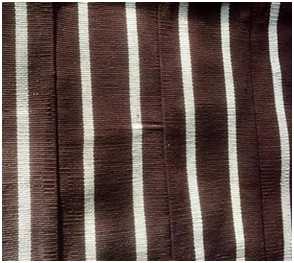
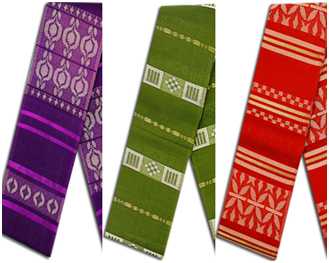
Aso Ilu Oke, the “mother name” for Aso-Oke meaning “Clothes from the up-country” isn’t produced in the upper part of the country but from the south-west of Nigeria. It is a handwoven cloth mostly by men and traditional wear of the second-largest tribe in Nigeria, the Yoruba.
Kuba cloth
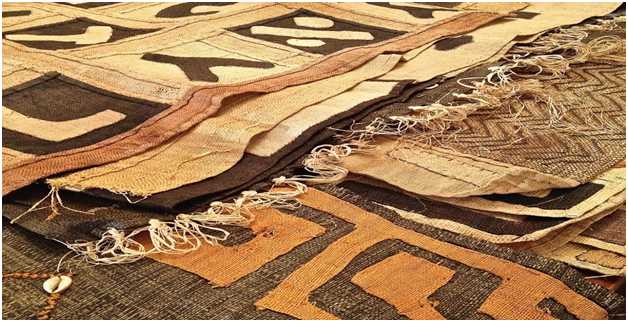
Also known as the Raffia, it originates from the Kuba Kingdom of Central Africa now in present-day Democratic Republic of Congo the cloths are woven of the raffia palm. It was purposely for traditional Royal costumes.
Akwete

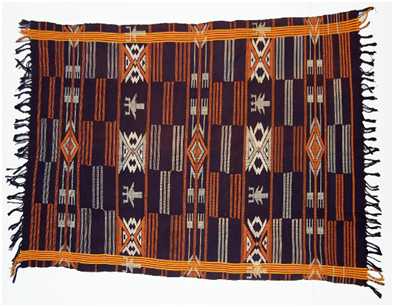
Hailing from south-eastern Nigeria and named after the Akwete town in Abia state, using sisal-hemp, raffia, wool, silk and/or cotton the Akwete cloth is hand-woven by the Igbo women. It was known as Akwa Miri. Many believe Dada Nwakata is the originator of the fabric.
Okene
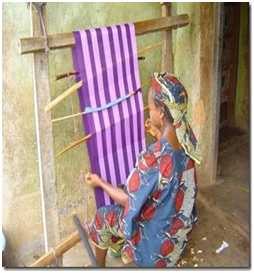
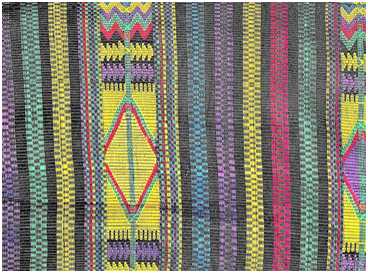
Okene cloth as named after the town Okene in Kogi State of south-central Nigeria and woven by the Ebira women on looms indoor. A variety of thread is used in weaving and modern weaves incorporate metallic gold and/or silver thread to make it attractive and shiny.
Kente
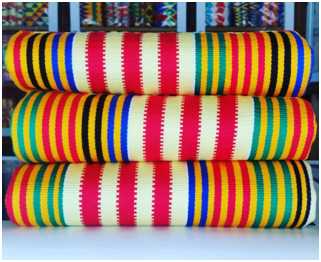
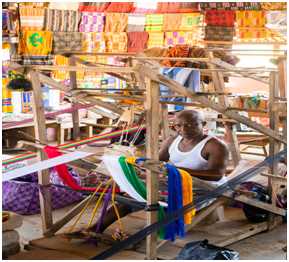
The most famous of all African textiles is the Kente cloth. Originating from the Bonwire town in the Asante Kingdom of Ghana. Mostly woven by men using a specialized hand-and-foot loom and silk, cotton, metallic thread and/or rayon as materials. It was originally made for royals but now mostly worn during a traditional event like festivals and rites.
Bogolonfini

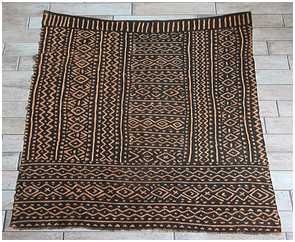
In the Bambara language, Bogolan another name for Bogolonfini fabric means “made from mud”. Woven by the men of Mali using thread and loom, “mud cloth” is a 100% cotton cloth designed in a dye made from dried barks, leaves and fruit.
Lamba
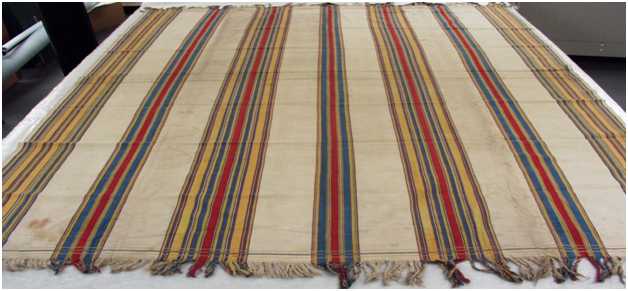
Lamba cloth is a woven fabric produced by the Merina women of Madagascar using loom and cotton/silk as materials worn by both men and women of Madagascar. This fabric was mainly made for burial ceremony but has recently been designed in other types and used for other purposes.
Kikoy/Kikoi
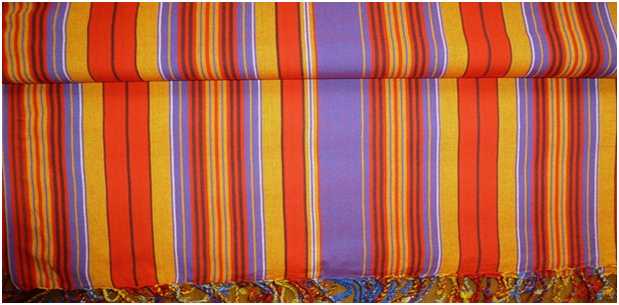
Kikoi or Kikoy weaved with a simple loom and cotton from Kenya and Tanzania was formally used by men. It is now used as a beach towel, head wrap, skirt, throw, sarong, home decor and many more throughout the world.
Shema
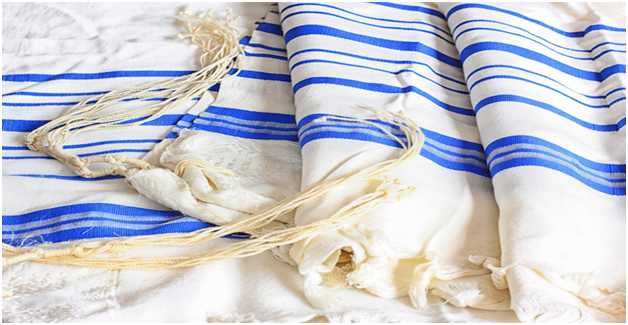
The Shema is a traditional cloth made from cotton woven on a handloom in strips and then sewn together. It is designed into a dress, body wraps, etc.
Resist-Dye Fabric
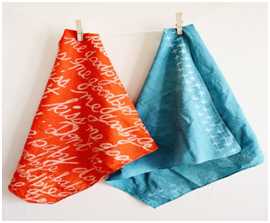
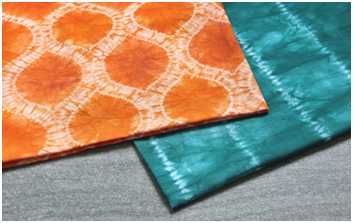
Adire: An indigo-dyed cloth worn mostly by women produced by the Yoruba women of Nigeria.
ShweShwe: An originally Indigo-dyed discharged printed fabric in South Africa. It is made with cotton in varieties of designs for many fashion purposes.
Ankara (Kitenge/Chitenge; Kanga)
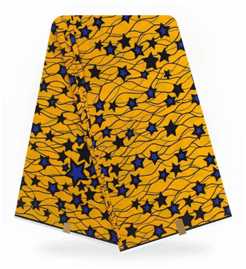

African Print, Kitenge, Kanga, Tribal Print and the Wax Print are other names giving to the Ankara cloth in Africa. The wax print is a cotton fabric printed in various patterns on both sides. The Ancient artist used the “Batik” method to produce the fabric and are now mostly industrially produced. It is used for designing many products in Africa.
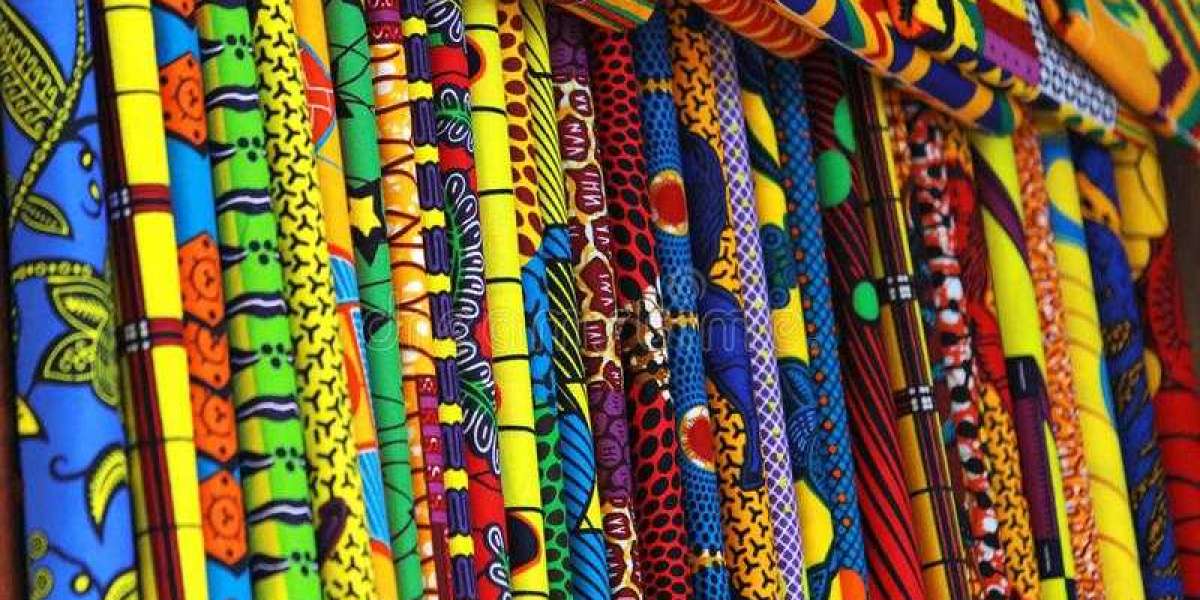
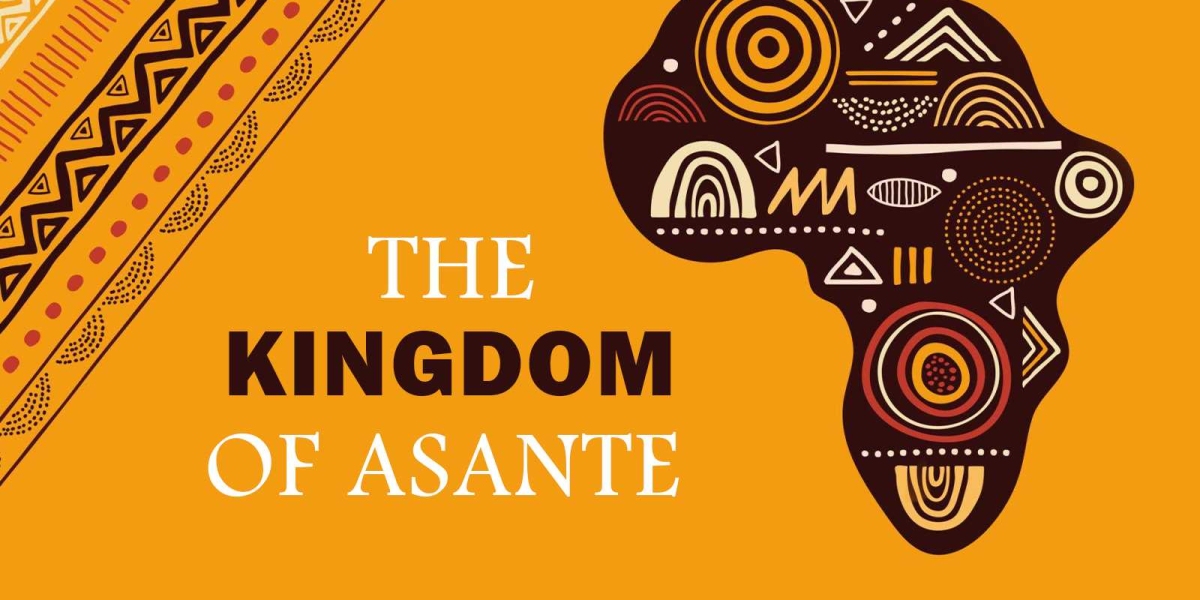





Ugochukwu Ogbodo 5 年
My mom's akwaete has lasted since her birth, a handover from her own grand mother. Such durability and skill.